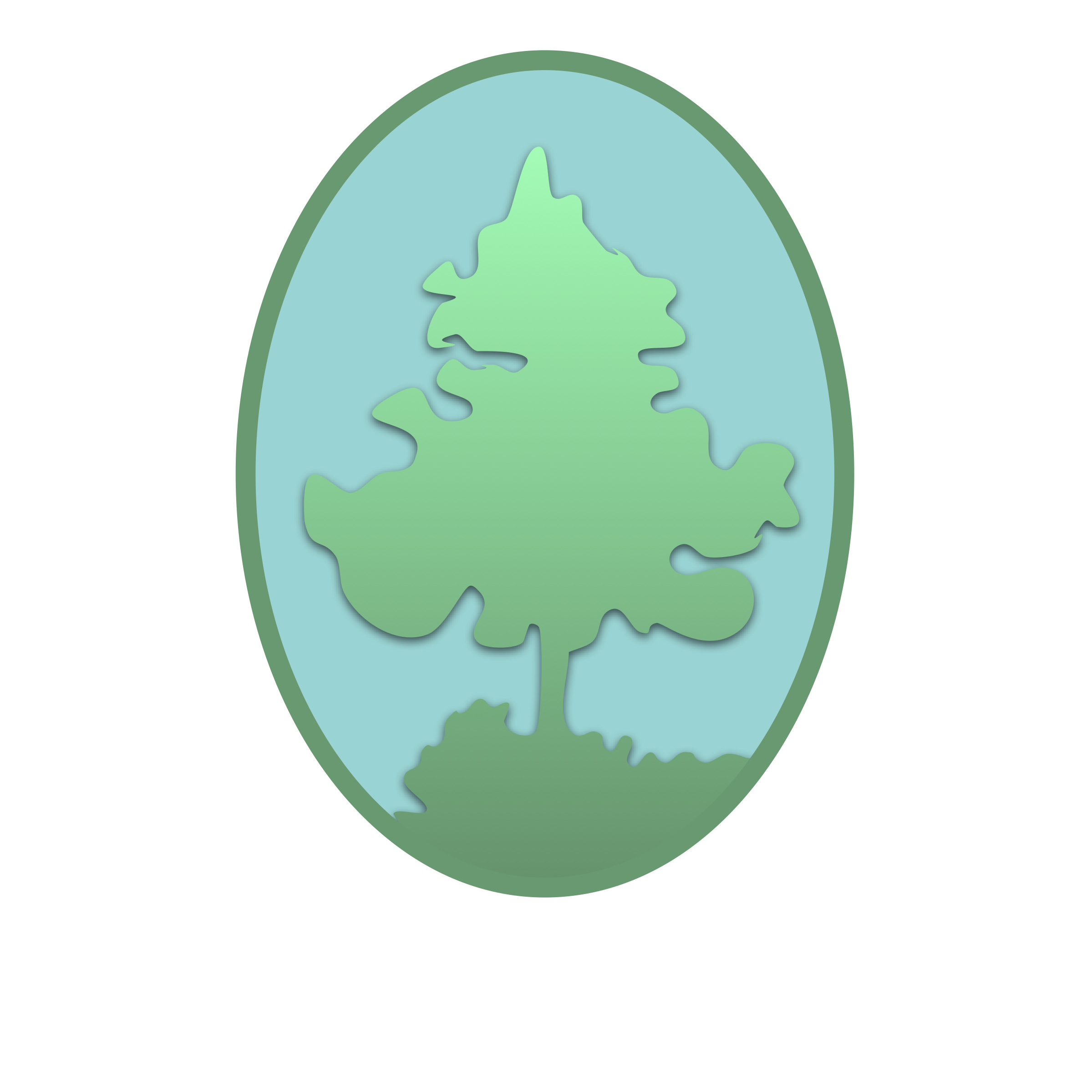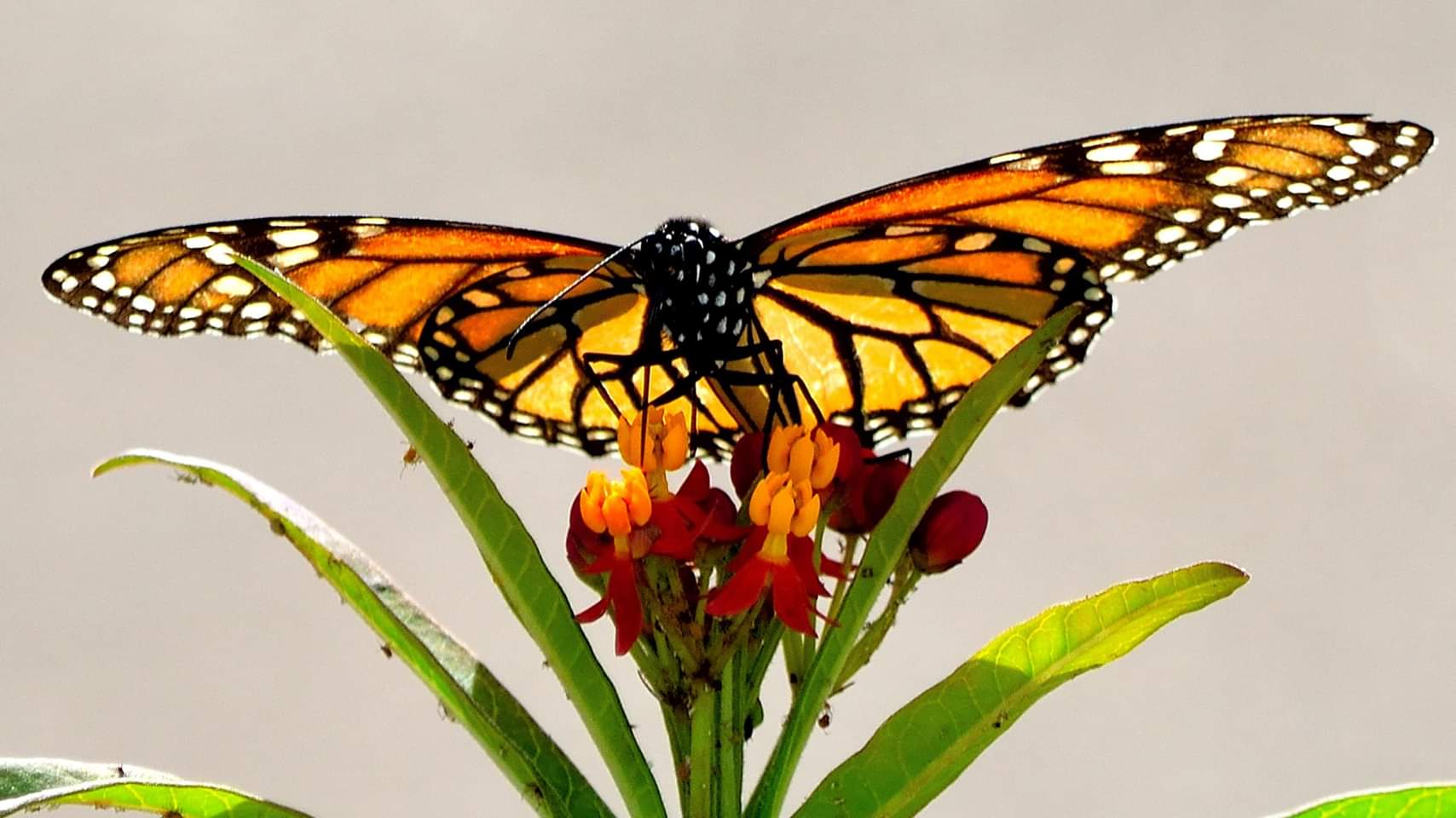West 11th Street Park Update
Submitted by Helen Shumway, President, Friends of West 11th Street Park
Spring is here! First, a BIG thank you to all the January volunteers who cleaned the bee and butterfly gardens on the south side of the park. Now with March bringing the warmer weather, it is perfect for planting nectar and host plants that the butterflies, moths and bees need. Watch for increased insect activity in these gardens and throughout the Park this spring as the plants start blooming.
How can you bring this wildlife into your garden? Start with a healthy, insect-attractive mixture of nectar and host plants. Nectar plants provide energy to a wide variety of butterflies, moths, bees and even hummingbirds. Specific host plants on the other hand, attract specific butterflies and moths. A mixture of both host and nectar plants encourages a visit from a lively mixture of creatures.
Let's talk nectar or flowering plants. According to the Houston Arboretum, the size and shape of the flower is important. Butterflies perch on flowers with a broad platform (purple coneflower, winecup) or cling to a cluster of small flowers (lantana). Hummingbirds sip nectar (and in
sects) from the throat of deep tubular flowers (cigar bush, turks cap, honeysuckle). Also, consider when the flowers bloom. Plant a mixture of perennials that bloom not only in the spring and summer but also fall (aster, cardinal flower) so that nectar is available when the butterflies need it. In addition, nectar plants for hummingbirds should be blooming in late spring and mid fall when the birds typically pass through Houston. The Arboretum further suggests looking for native varieties of plants when possible. The butterflies native to this area already know what they like while the plant breeders have their own selection criteria.
Now that you have brought the butterflies into your garden, why not provide them with something that their caterpillars can eat? Most of us are familiar with the Monarch butterfly host plant, milkweed. But don't stop there! Plant some wild pipevine and watch the Pipevine Swallowtail caterpillars chow down. Invite the Gulf Fritillary and Zebra butterflies into your yard with some passionflower vines; the Texas Crescentspot with some shrimp plants; and the Cloudless Sulfur with a senna plant. For some of these host plants, only scraggly stalks will remain once the caterpillars have feasted. Though if established and watered, the plant will regrow. If you want, tuck the host plant in with other plants so that they are not as visible after the caterpillars are through. No matter where the host plants are located, the butterflies will find them!
Check the Houston Arboretum and the Houston Audubon websites for additional plant suggestions that will attract these creatures to your garden. Happy planting and I hope to see you in the Park soon!

